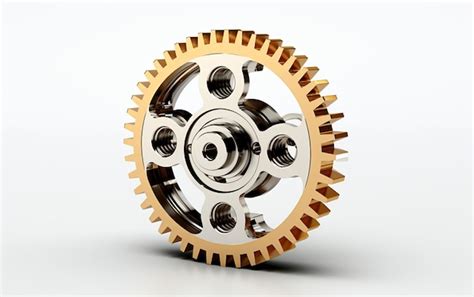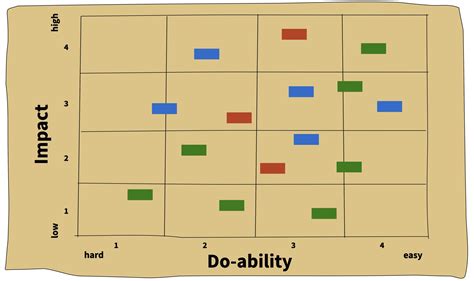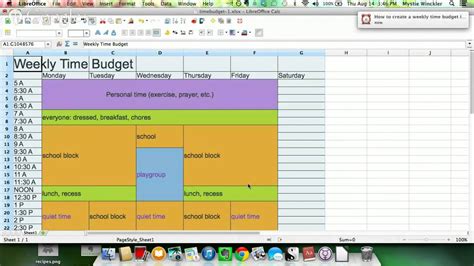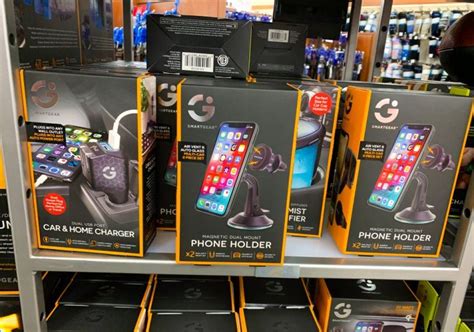What gear investment strategy yields peak performance & longevity?

In any field—be it professional photography, extreme sports, manufacturing, or even advanced home computing—the gear you use profoundly impacts your performance and overall success. But simply buying the most expensive items isn’t a strategy; it’s a gamble. A well-thought-out gear investment strategy is crucial for maximizing efficiency, ensuring reliability, and extending the operational life of your equipment. This guide explores how to make informed decisions that yield peak performance and impressive longevity from your essential tools.
The Foundation: Assess Your True Needs
Before making any purchase, the most critical step is an honest assessment of your current needs versus your wants. Distinguish between essential items that directly impact your ability to perform a task and aspirational items that might offer marginal gains or convenience. Consider your skill level, the intensity of use, and the specific challenges you face. Investing heavily in professional-grade equipment when you’re just starting out might be overkill, while skimping on critical components for heavy-duty applications can lead to costly failures.
Think about your long-term goals. Will your needs evolve? Can certain gear pieces grow with you, or will they become obsolete quickly? A modular approach, where components can be upgraded individually, often provides greater flexibility and extends the overall utility of your setup.

Quality Over Quantity: The Long-Term Value
It’s a common adage, but buying quality over quantity truly pays dividends in the long run. Cheaper alternatives often come with compromises in materials, build quality, and internal components, leading to premature wear, frequent repairs, and inconsistent performance. While the initial outlay for high-quality gear might be higher, calculate the ‘cost per use’ over its extended lifespan. A durable, reliable piece of equipment that lasts five years with consistent performance is often more economical than three cheaper alternatives that each last 18 months and constantly underperform.
High-quality gear not only performs better out of the box but also tends to maintain its performance over time, requires less frequent maintenance, and often has better resale value. Investing in reputable brands known for their craftsmanship and customer support can significantly mitigate risks associated with equipment failure.

Research, Reviews, and Reputation
In the age of information, there’s no excuse for uninformed purchases. Thorough research is paramount. Read professional reviews, watch unbiased video demonstrations, and, crucially, delve into user experiences on forums and specialized communities. Pay attention to common complaints, durability issues, and the responsiveness of customer service. Look for independent testing results and comparisons. A product’s reputation, built over years of consistent performance and user satisfaction, often speaks volumes.
Don’t just focus on the headline features; understand the underlying technology, material choices, and potential limitations. Sometimes, a piece of gear might excel in one specific area but fall short in another, making it unsuitable for your particular workflow or environment.
The Role of Maintenance and Care
Even the most robust, high-quality gear will degrade without proper care. A proactive maintenance regimen is as much a part of your investment strategy as the initial purchase. This includes regular cleaning, lubrication (where applicable), software updates, and timely repairs of minor issues before they escalate. Understand the manufacturer’s recommended maintenance schedule and adhere to it diligently.
Proper storage is also vital. Protecting gear from extreme temperatures, humidity, dust, and physical impact can dramatically extend its life. Investing in appropriate cases, covers, and environmental controls prevents premature degradation and ensures your equipment is always ready for peak performance.

Strategic Upgrades vs. Full Replacements
Technology and needs evolve, and at some point, even well-maintained gear will reach the end of its practical life. The decision between upgrading components and replacing an entire system is a critical one. Evaluate whether a single component upgrade can significantly boost performance or if the core system is truly outdated and a bottleneck. For instance, upgrading RAM or storage might extend the life of a computer, but an old processor might eventually necessitate a full replacement.
Consider the cost-benefit ratio. Sometimes, the cumulative cost of repeated upgrades might exceed the cost of a new, integrated system that offers superior performance and a fresh warranty. Plan for obsolescence by understanding typical product lifecycles and having a phased upgrade strategy.

Budgeting and Phased Investment
Few can afford to buy all their desired gear at once. A smart investment strategy involves careful budgeting and a phased approach. Prioritize critical items that enable core functions or offer the most significant performance boost. Allocate funds strategically, perhaps saving for a major purchase while making incremental upgrades to existing setups. Consider whether leasing or renting high-cost, infrequently used equipment is more economical than outright purchase.
Establish a fund specifically for gear maintenance, repairs, and future upgrades. This ensures that when unexpected issues arise, or a crucial new piece of technology emerges, you are financially prepared, avoiding unplanned expenses that can disrupt your workflow or personal finances.

Conclusion
A successful gear investment strategy is a dynamic process that combines foresight, informed decision-making, and consistent care. By meticulously assessing your needs, prioritizing quality, conducting thorough research, adhering to maintenance schedules, and making strategic upgrade choices, you can build an equipment arsenal that not only performs at its peak but also offers remarkable longevity and an excellent return on your investment. Treat your gear not just as tools, but as vital assets that deserve careful planning and continuous attention.






